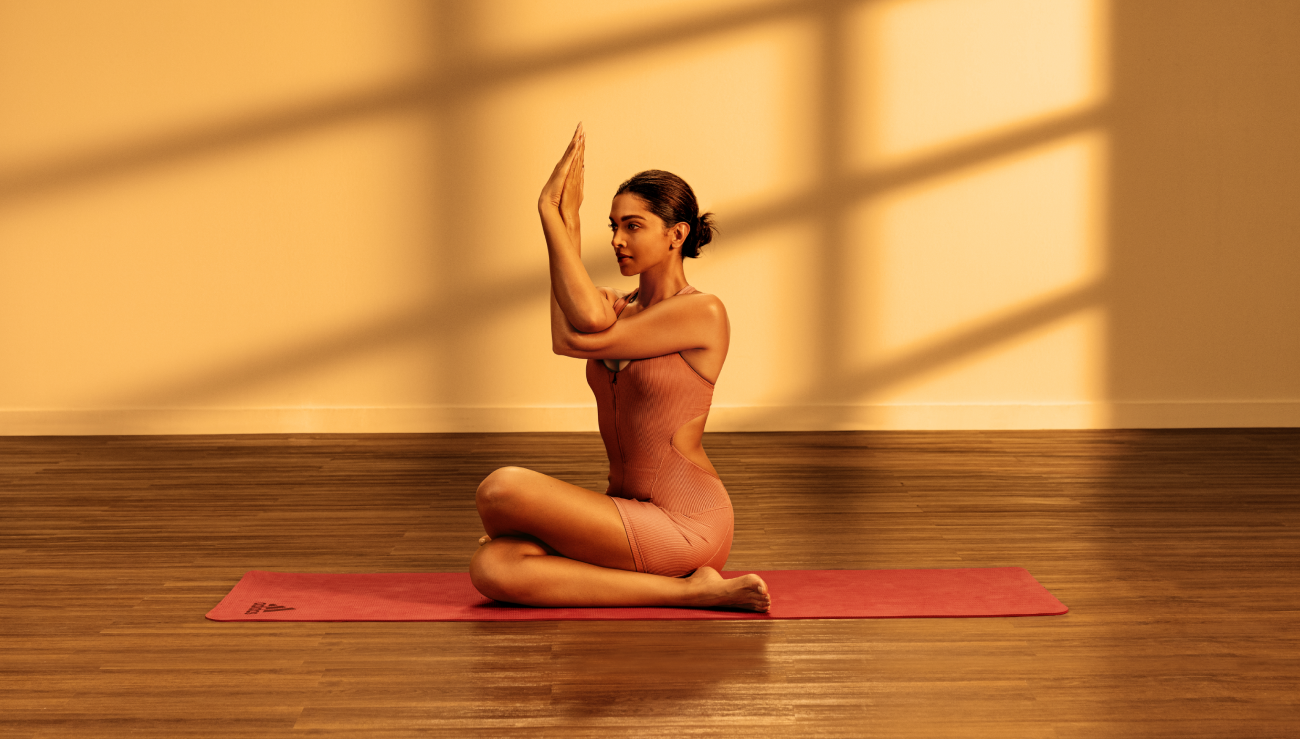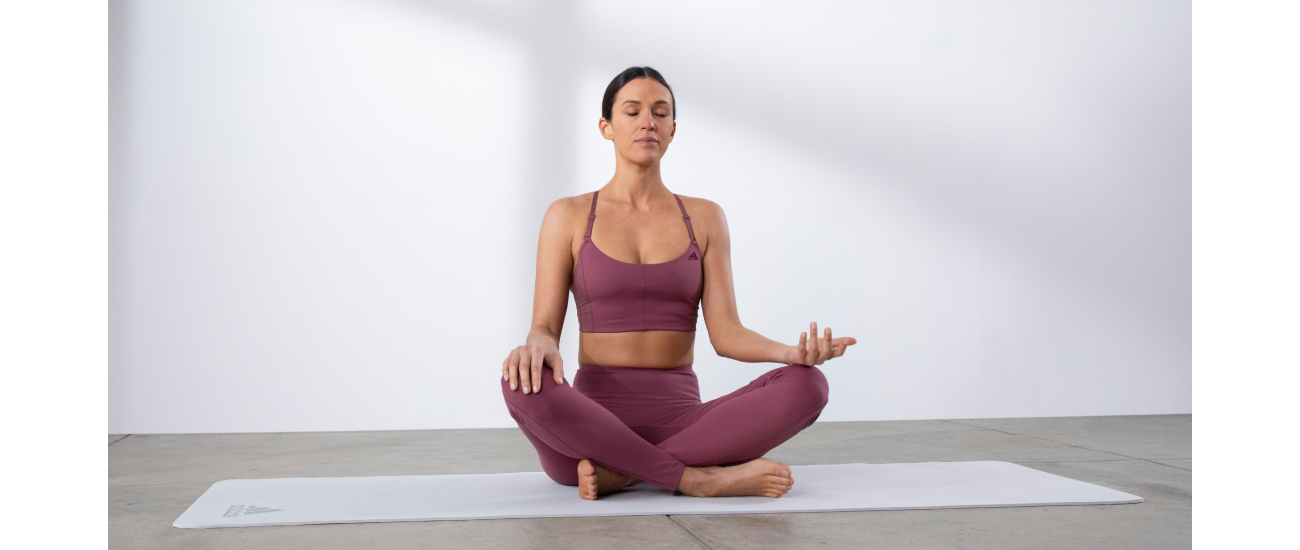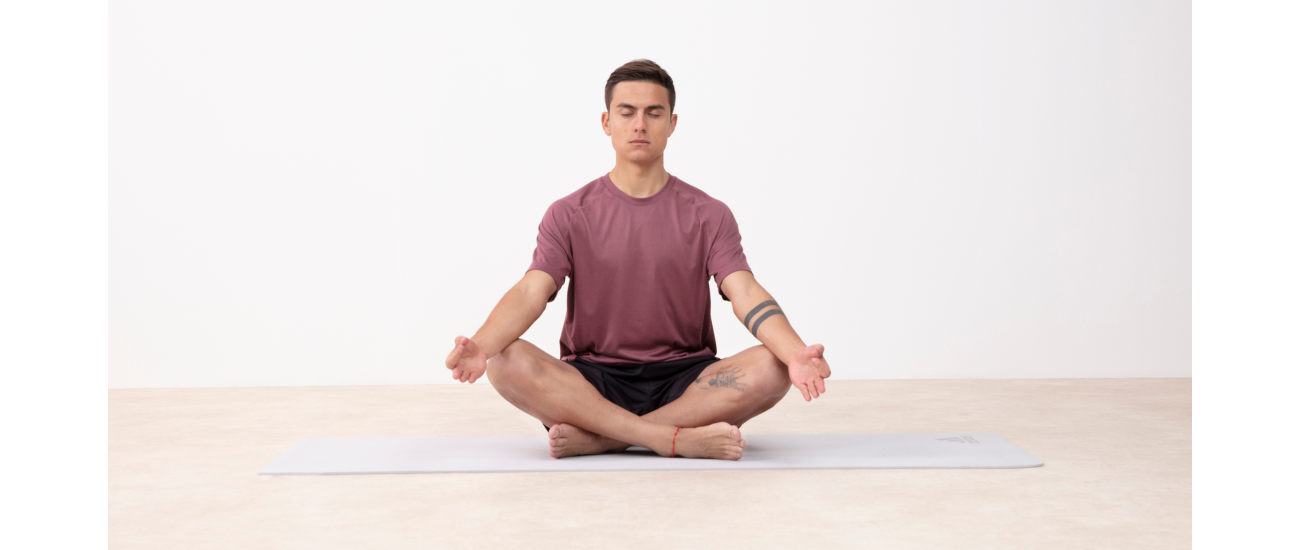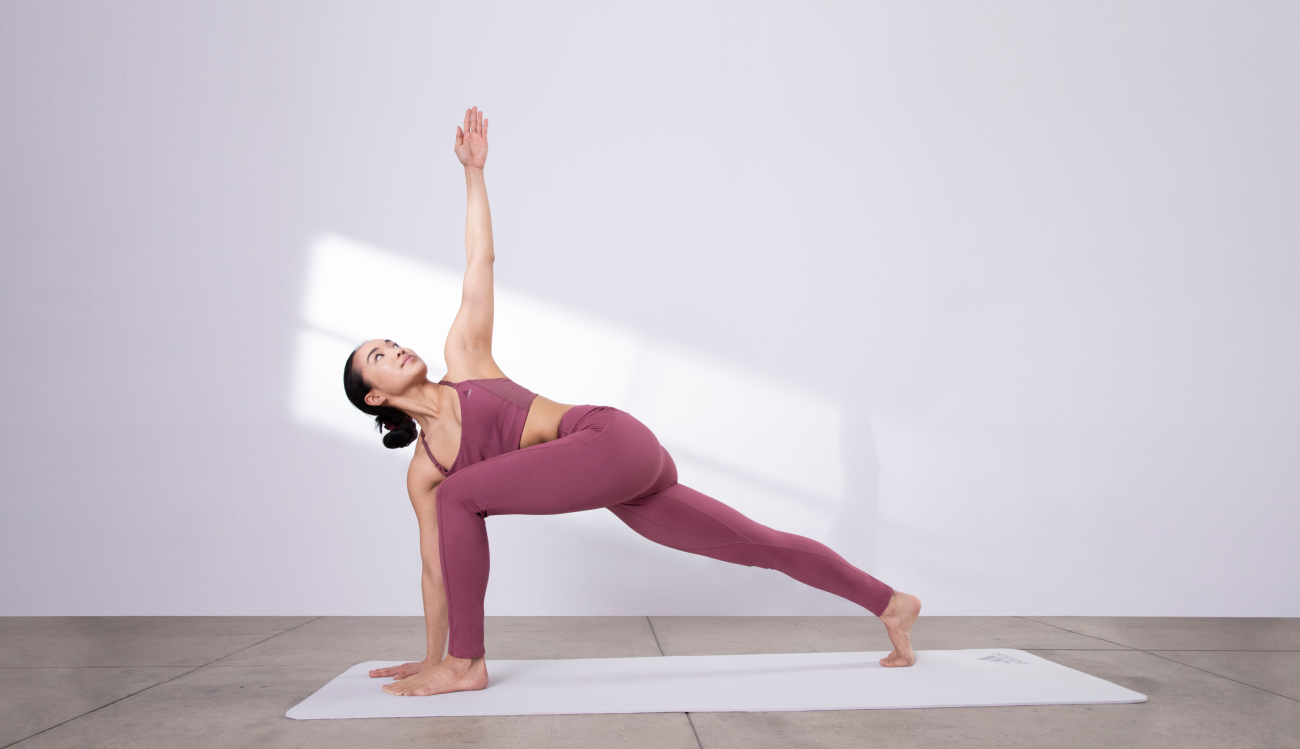The history of Yoga is often said to be unclear and contested. Some scholars trace the development of yoga back 5,000 years, whereas others think yoga may be as old as 10,000 years.
In the 2nd century CE, Patañjali, an ancient Indian sage, wrote the Yoga Sūtras of Patañjali, the earliest and best-known systematic presentation of yoga practices and philosophies marks the beginning of yoga’s so-called classical era.

Yoga Sūtras by Patañjali
A synthesis of knowledge about yoga from several old wisdom traditions, the Yoga Sūtras organized the yoga practice as an eight-fold spiritual journey of steps to be taken on the path toward Samadhi, Sanskrit for “total self-collectedness”—an alert state of deep mental concentration characterized by a blissful ecstatic union with the ultimate reality of the universe.
Sometimes referred to as the way of Raja Yoga, the eight elements in the Yoga Sūtras were:
- Yama (“restrain”)
The yamas, or restraints, can be summarized as five ethical guidelines that outline a social code of conduct that should be applied when interacting with the world around you.
- Niyama (“discipline”)
The niyamas, or observances, are practices that should be used when turning inward to improve the self. They form a necessary step in preparation for meditation, creating inner focus.
- Asana (“position”)
The original meaning of asana, or posture, was simply a comfortable seat in which to engage in the practice of pranayama and meditation. In today's yoga practice, asana refers to any part of a posture in the yoga practice

- Pranayama (“breath control”)
Regulating the cycle of inhalation, exhalation and retention of breath is the focus of pranayama, or breath control. As a preparation for meditation, it centers us and helps the body and mind stay in the present moment and focus inward.
- Pratyahara (“withdrawal of the senses”)
Pratyahara, or the withdrawal of the senses, is the practice of isolating consciousness from all distractions and functions as the final physical preparation for meditation as outlined in the last three elements.
- Dharana (“holding on”)
Dharana, or concentration, is the initial stage of meditation and the start of the inner journey. During this meditation, you focus your attention on a single part of your body or an image in your mind.
- Dhyana (“concentrated meditation”)
Reaching the stage of dhyana, or meditation, you bring all your attention to a single object that is not further specified in Patañjali’s original texts. Exclusion of all other objects and complete focus aims to clear the mind of all thoughts and images.
- Samadhi (“liberation”)
Samadhi, or pure contemplation, is achieved when the person meditating merges with the object of their meditation. While Patañjali’s explanation ends here, this final stage has been interpreted to mean the union with the divine or highest reality.

"People say that Yoga is a science of finding tranquility amidst the chaos of life. And I think somehow it is true. To have some time to find space in your mind."
-Paulo Dybala, Football Player

Contemporary yoga is often a predominantly posture-based physical activity consisting of asanas that are oftentimes connected through smooth transitions, the vinyāsas, and sometimes combined with controlled breathing or breathing exercises.
Starting a regular yoga practice means taking time for yourself to focus on your body and mind. Read more about yoga on the adidas blog and get ready to roll out the mat and try it yourself."
